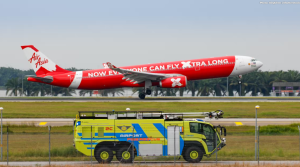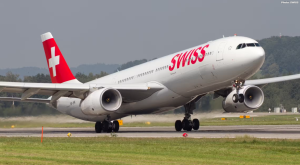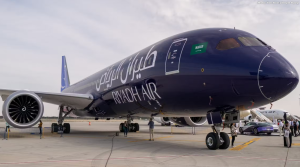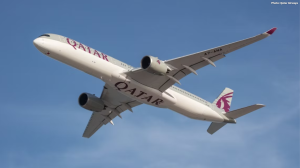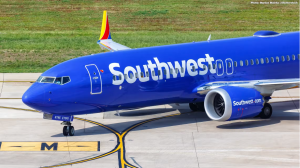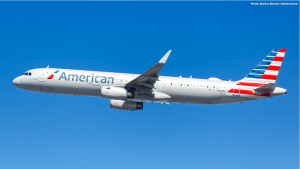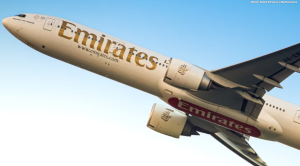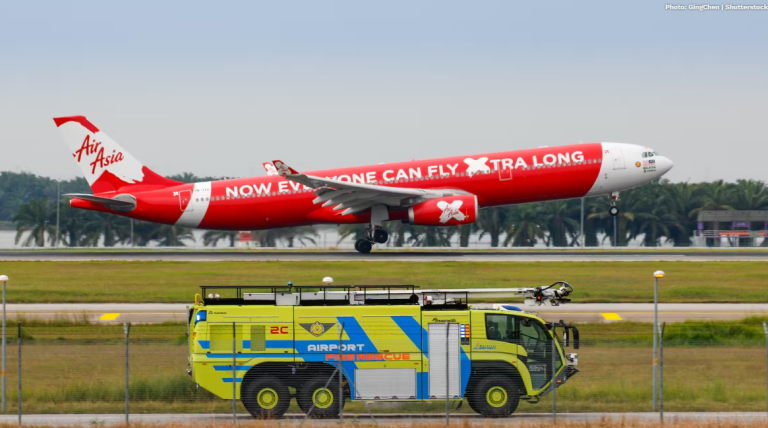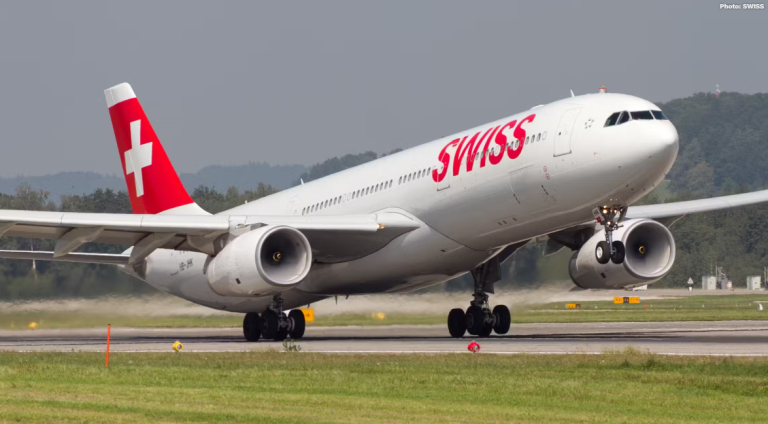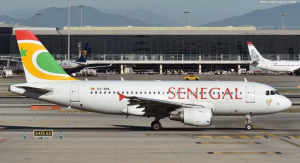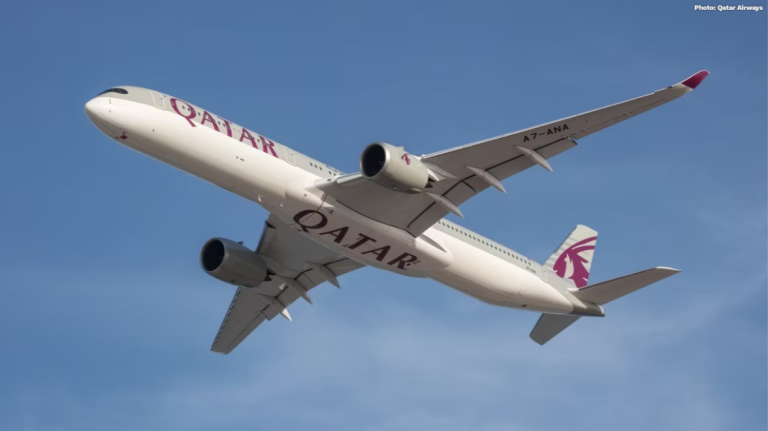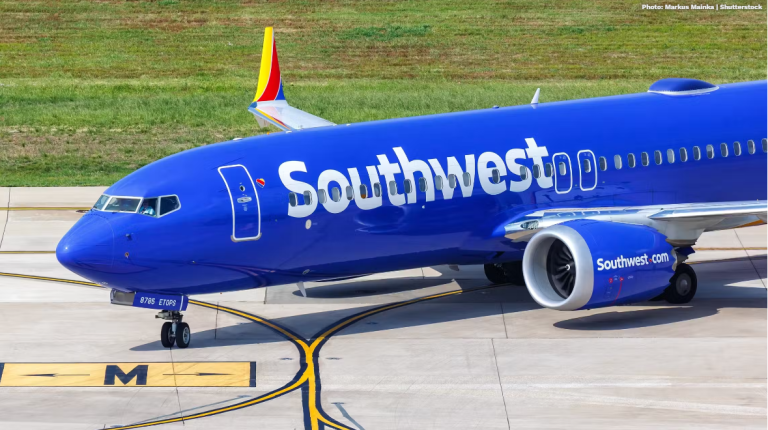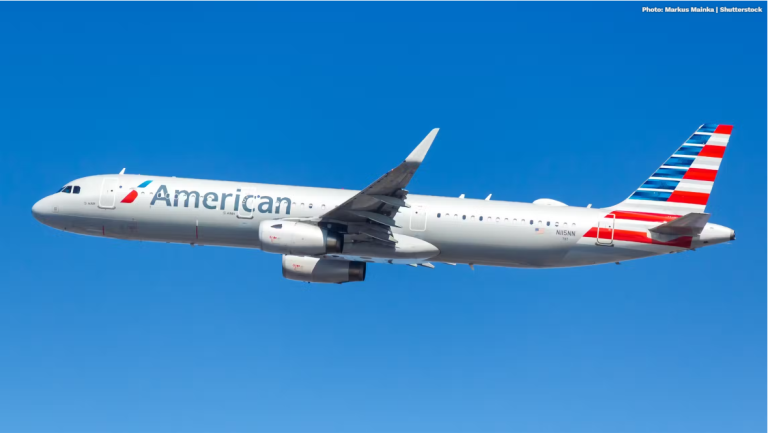SUMMARY
- Emirates signed a massive $52 billion order with Boeing on Day 4, adding 90 more 777X aircraft to its current backlog.
- The airline invested significantly in maintenance and engineering, announcing a new facility at Dubai World Central Airport and new contracts with companies including Lufthansa Technik and Safran.
- On Day Four, Emirates announced a smaller Airbus order for 15 A350-900s following several days of contentious discussions.
It is impossible to display the strength and influence of Dubai’s aviation industry without highlighting UAE flag carrier Emirates. Based out of Dubai International Airport (DBX), Emirates boasts a modern and expansive fleet, unparalleled customer experience, and a pioneering spirit for innovation.
Not wanting to be outshone on its home turf, the airline stepped up its game at this year’s airshow, putting in tens of billions of dollars in aircraft orders, lining up major maintenance contracts, and ensuring the continued profitability of its aircraft through the next few decades.
With Emirates dominating nearly every story out of the Dubai Airshow, here’s a chance to recap anything you may have missed last week.
$52 billion Boeing widebody order
Kicking off the Dubai Airshow, Emirates and Boeing announced the signing of a massive $52 billion order, adding 90 more 777X aircraft to its current backlog and adjusting its existing 787 Dreamliner order, a feat that remained replicated throughout the week.
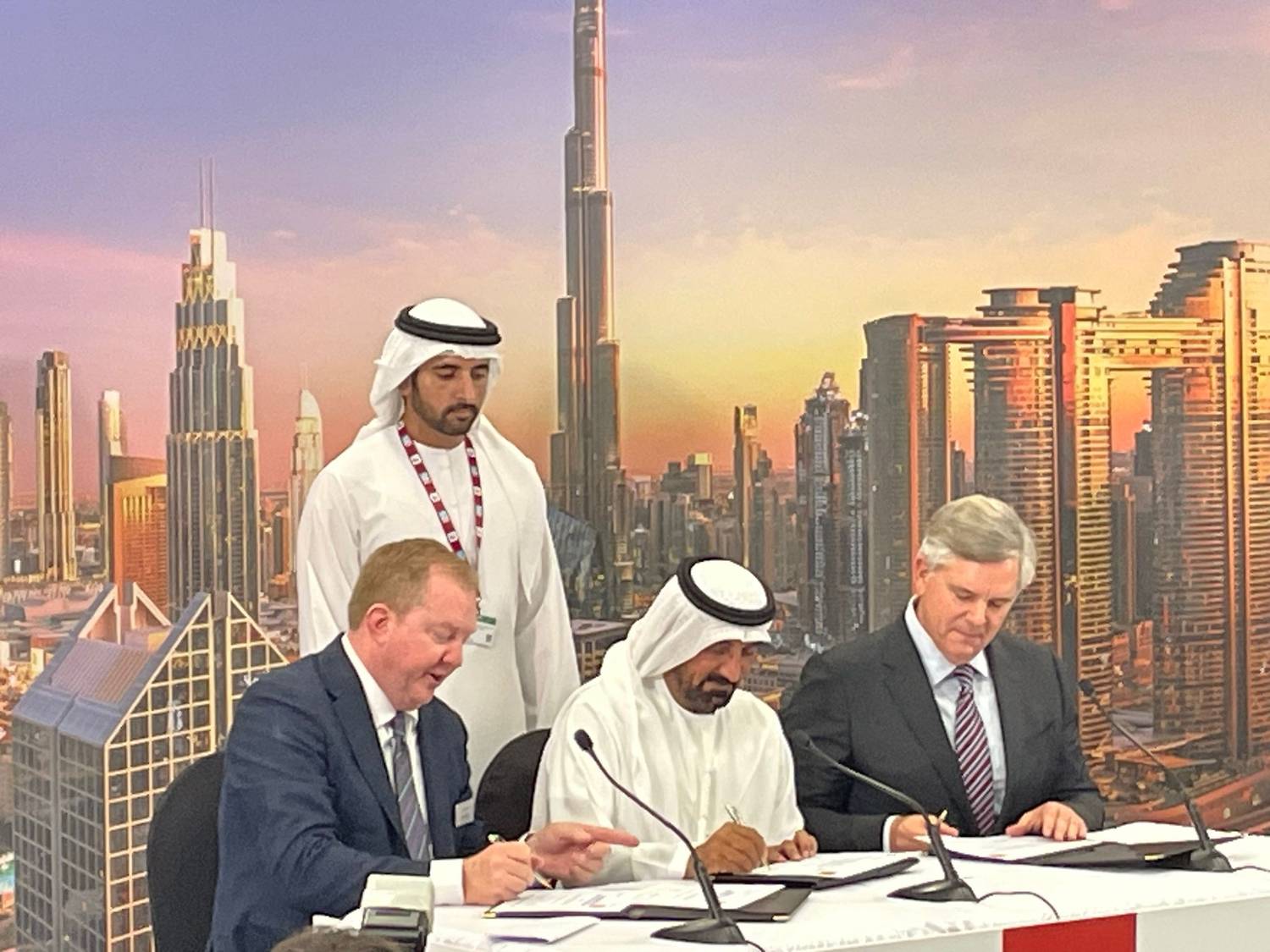
Photo: Tom Boon | Simple Flying
Though the 777X remains in development and is not expected to take to the skies for another two years, Emirates has firmly committed to taking on 205 units, divided between the 777-9 and 777-8. The aircraft are set to bolster the carrier’s expansion plan. Emirates offers an incredibly expansive network from its Dubai hub, serving as a gateway between Europe and Asia, and requires an extensive and high-capacity fleet to meet demand.
Alongside the 777X, Emirates will take on 90 787 Dreamliners following the update of its current order. After making a few tweaks, Emirates confirmed it would now add 15 787-10 and 20 787-8, serving as one of the launch customers for the variant upon its delivery in 2030.
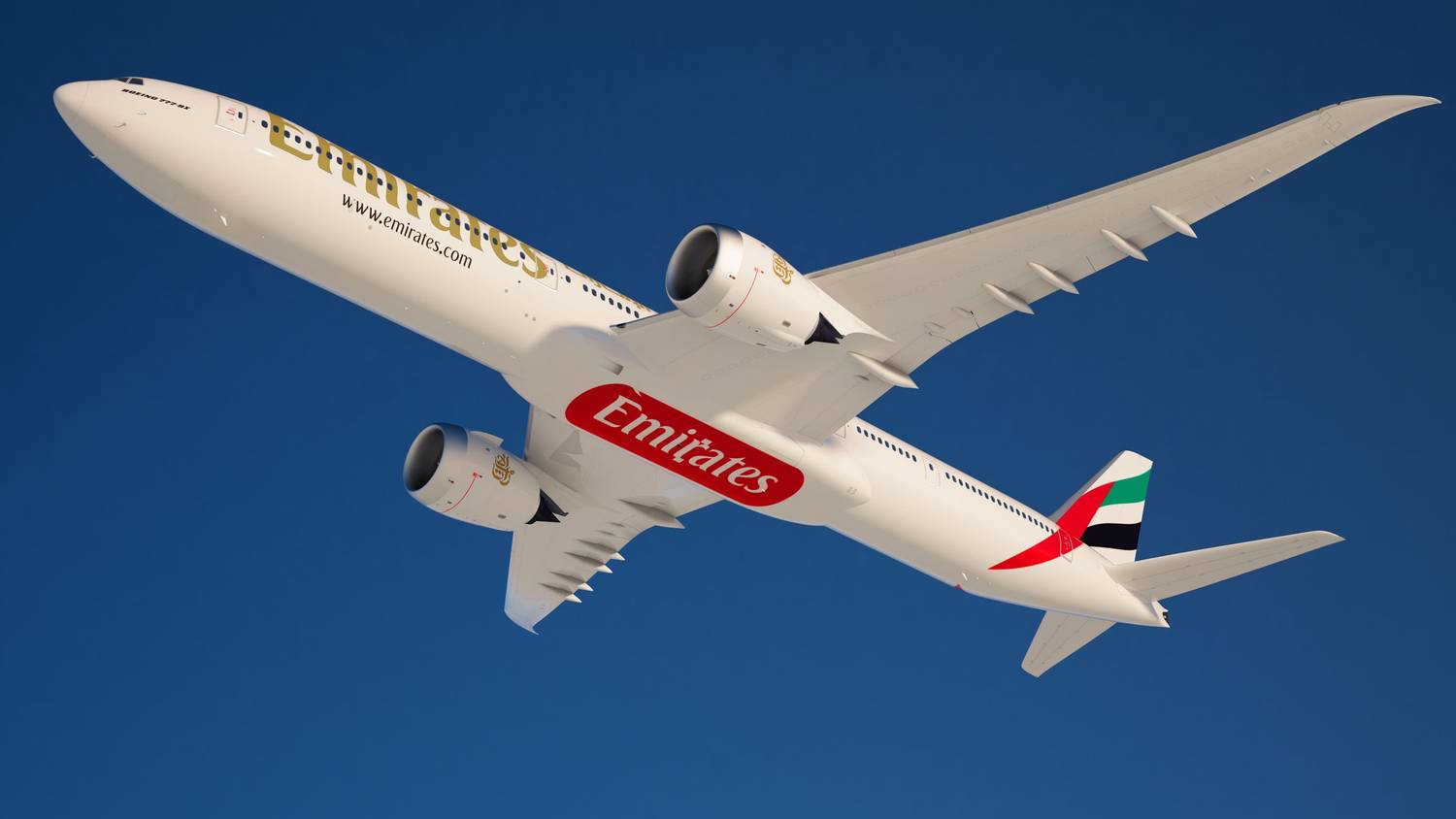
Photo: Boeing
The deal served as a significant endorsement for Boeing following a period of substantial challenges and production setbacks to its widebody programs. In a statement shared by Emirates, Boeing Commercial CEO Stan Deal celebrated the carrier’s decision to order the 777X, adding,
“This order is an incredible vote of confidence in the efficiency and versatility of the 777X family to meet Emirates’ needs for global long-haul travel. The 777-9 and 777-8 are the perfect airplanes to support Emirates’ growth plans, improving environmental performance and unmatched payload capability.”
READ MORE:Emirates Places Massive Order For Boeing 777X At Dubai Airshow
Dubai World Central to host a new engineering campus
On Day Two of the airshow, Emirates opened with an influx of new partnerships and collaborations to shake up its maintenance, repair, and overhaul (MRO) capabilities, with $950 million set aside for a new engineering facility at Dubai World Central Airport (DWC).
At over 1 million square feet, the ultra-modern campus is set to become one of the most advanced in the world and support Dubai’s continued growth as a major hub for aviation.
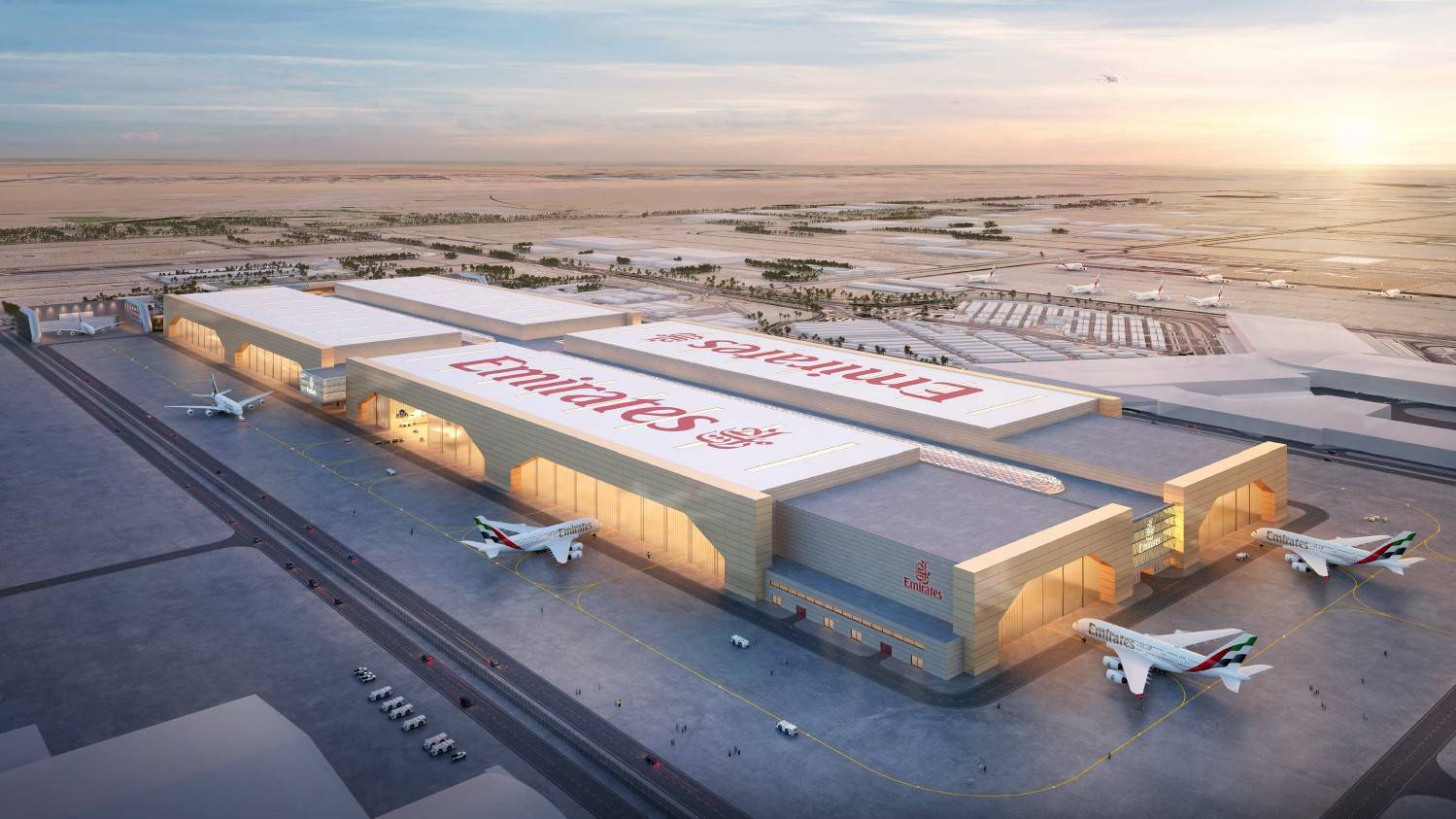
Photo: Emirates
Ground-breaking is set to begin in 2024, running through until 2027, with Emirates’ focusing on incorporating sustainable materials and green energy into its design, in line with Dubai’s shift towards lowered emissions. The facility will be capable of handling aircraft of all sizes, including the Code F-rated Airbus A380, across its nine hangars and will add an engine run-up facility, 20 support workshops, storage facilities, and administrative offices for MRO operations. Thousands of skilled technical jobs will be created in the process, bolstering Dubai and the UAE’s economy.
Emirates is set to eventually shift its operations from Dubai International to Dubai World Central, with President Sir Tim Clark referring to it as a “when” rather than an “if.” Provisions are currently in place for further campus expansion following the move to meet Emirates’ projected requirements.
READ MORE:Dubai World Central Will Become A Mega-Hub For Emirates Maintenance
Mega deal with Safran
Despite its current cabin refit project still ongoing, Emirates and Safran are set to work together as part of a $1.2 billion contract to install the latest generation of seats across its A350, 777-9, and 777-300 fleet, among other retrofit additions as Emirates looks to forge closer ties with France and Europe.
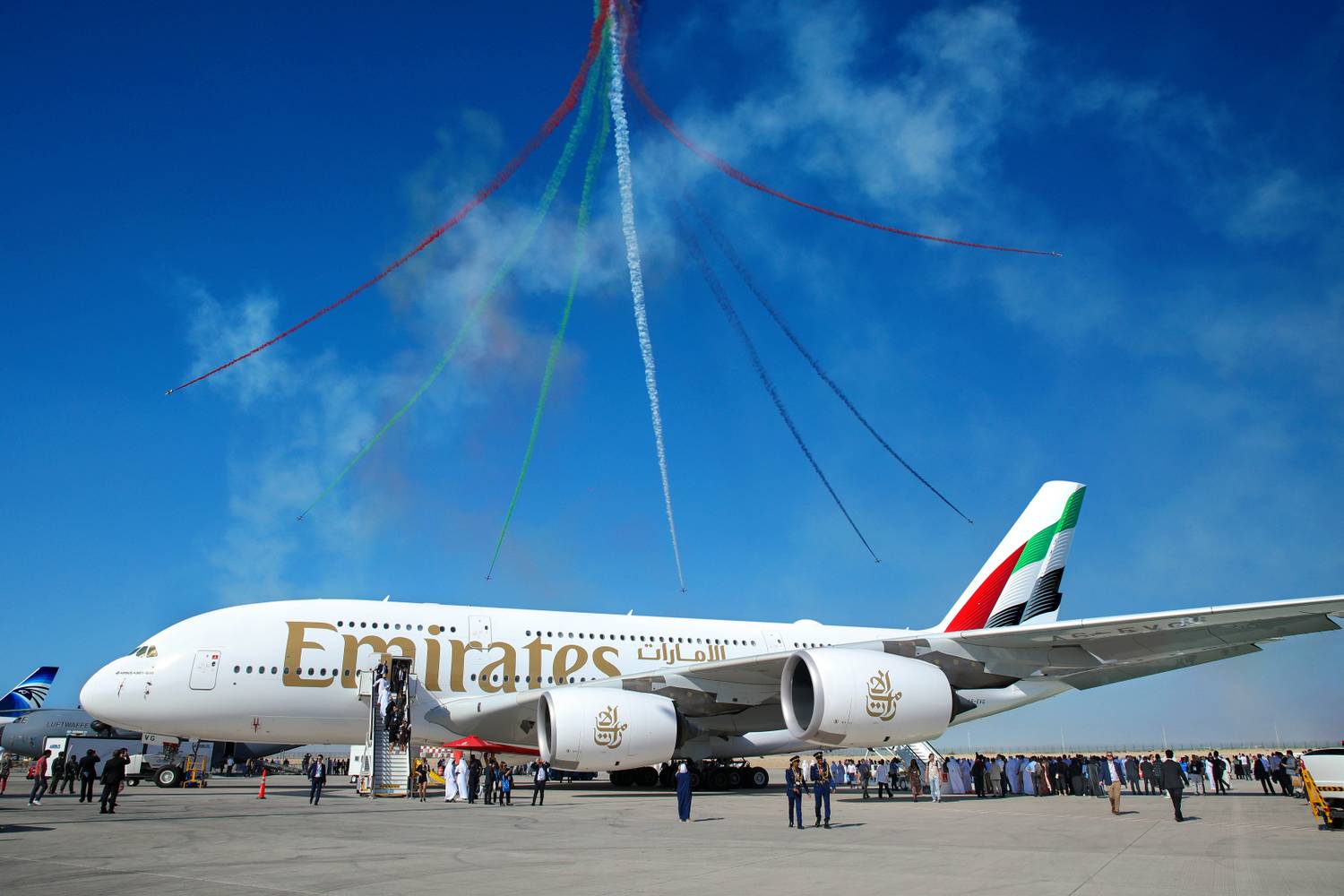
Photo: Emirates
Spanning economy, premium economy, and business class seating, Emirates notes that Safran’s seating solution is set to set a new cross-class standard for comfort, style, and technology. The French aerospace manufacturer will also provide Galley shipsets for the A350 and 777-9, landing systems, and in-flight connectivity with RAVE AeroConnect Ka.
See all our coverage from the Dubai Airshow 2023 right here
Ensuring the full value of its deal, Safran and Emirates will work together closely on the Emirati flag carrier’s A380 retrofit project, with Safran adding additional MRO support at its facilities in Singapore, Dubai, and France. Phew.
Aerospace Technologies Group shades Emirates
On the back of its Safran news, Emirates reached an agreement with Aerospace Technologies Group (ATG) to provide its aerBlade window shade across its future A350 and 777X fleet.
The electric shade solution scraps the conventional pull-down blind in favor of a techy window dimming function passengers can control at a button and adjust to their preference. The feature will likely slash a significant amount of weight on larger aircraft and limit the use of conventional plastic window shades across the industry.
Discover more aviation news with Simple Flying.
In an industry first, Emirates will roll the aerBlade out across all classes, adding further premium edge to its economy class seating.
Condor and Emirates launch interline agreement
On Wednesday, Emirates announced that it had officially activated a reciprocal interline agreement with German leisure carrier Condor, opening up Dubai to over 57 routes across Condor’s network from its hubs at Frankfurt Airport (FRA), Düsseldorf Airport (DUS), Hamburg Airport (HAM), and Munich Airport (MUC).
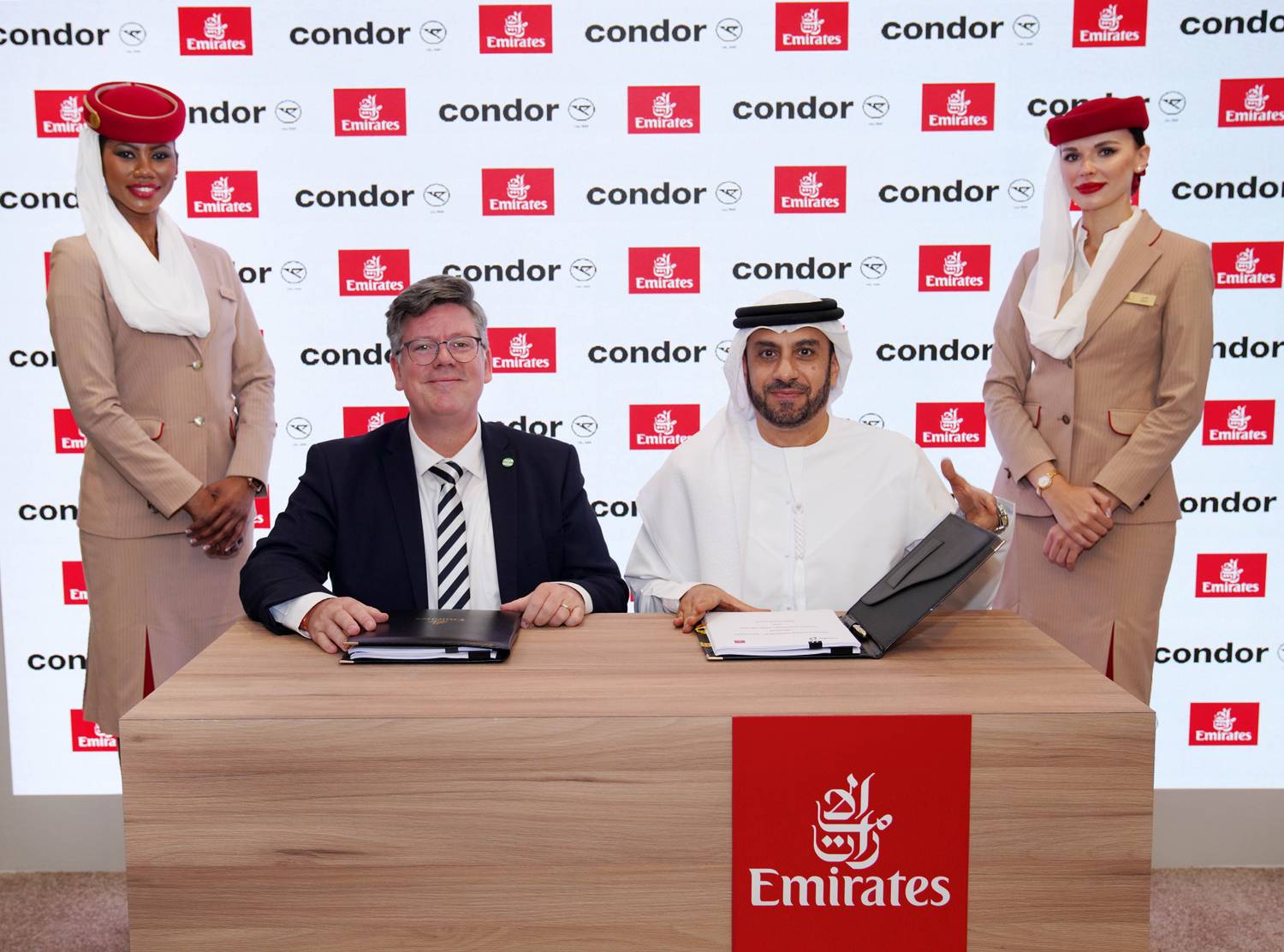
Photo: Emirates
Condor passengers into Dubai will alternatively have the selection of 12 more destinations across South East Asia and Oceania, including popular tourist hotspot gateways such as Auckland Airport (AKL) in New Zealand, Bangkok’s Suvarnabhumi Airport (BKK) in Thailand, and Velana International Airport (MLE) in The Maldives.
Tickets are now available if you’re looking for an excuse to explore somewhere on your bucket list, with Emirates passengers able to earn and redeem SkyMiles across Condor’s interline-operated network.
READ MORE:Emirates And Condor Activate Interline Agreement At Dubai Airshow
A long life ahead of Emirates’ A380s
While other airlines are looking to retire their quad-jets, Emirates is doubling down on its A380 operations. The superjumbo jet is already set to remain in its fleet until the 2040s; however, a range of agreements with companies, including Honeywell, Collins Aerospace, Pratt & Whitney, and Lufthansa Technik, will ensure it continues to meet Emirates’ standards for reliability and comfort.
Totaling over $1.5 billion, the agreements are set to cover everything from its behemoth Engine Alliance and Rolls-Royce engines to its landing gear, breaks, and wheels. MRO will be provided by Lufthansa Technik at its Manila facility, Gameco in Guangzhou, and Haeco in Xiamen.
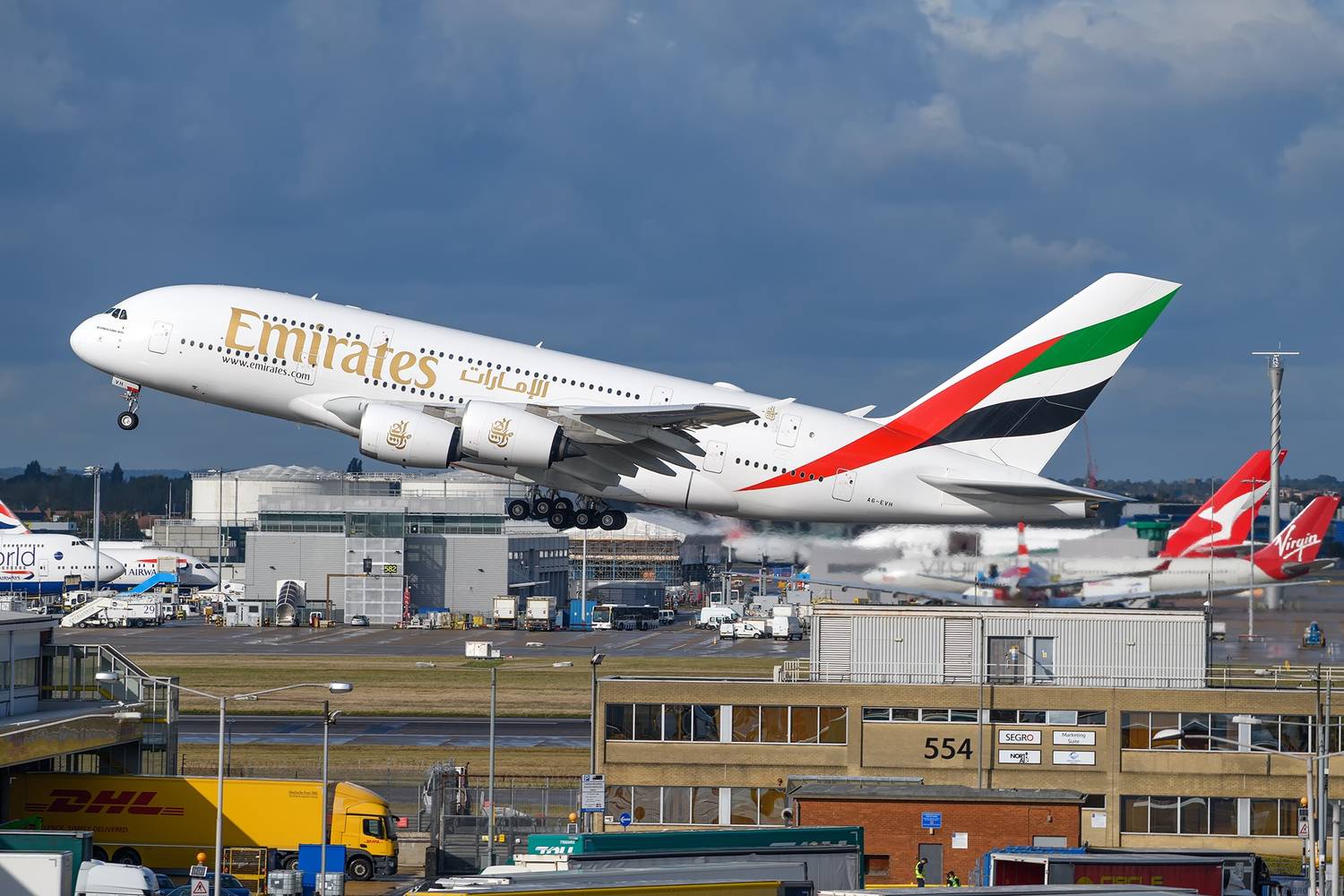
Photo: Plane Photography | Shutterstock
Emirates President Sir Tim Clark noted the vital role the A380 has played at Emirates over the past 15 years and its continued importance through the next two decades.
“The A380’s size and capacity has allowed Emirates to unlock growth at some of the world’s busiest airports, opened new opportunities for travellers, and substantially raised standards for passenger comfort. Our continued commitment to and confidence in the A380 are why we’re investing heavily to keep the fleet in optimal shape and pristine condition.”
READ MORE:Emirates Forges Deal At Dubai Airshow To Keep The Airbus A380 Flying For Longer
GCAA collaboration plans
You can’t power the next generation of aircraft without the next generation of crew. Working alongside the UAE’s General Civil Aviation Authority (GCAA) and its International Aviation Consulting and Training (IACT) subsidiary, Emirates will help establish an engineering training program for employees at its engineering facility.
The announcement follows a recent change in the GCAA’s training regulations, with airlines required to hold relevant IACT certification for maintenance and technical positions. To comply with the GCAA, Emirates will work directly with the regulatory body to ensure its engineering team can meet the needs of the current aviation industry and continue to provide MRO for itself and other airlines.
Boeing to provide MRO drones
Following Monday’s deal, Emirates and Boeing confirmed an additional MRO memorandum of understanding (MoU) that will see the US aircraft manufacturer provide highly advanced drones to assist in its 777 maintenance operations and boost its digital capabilities.
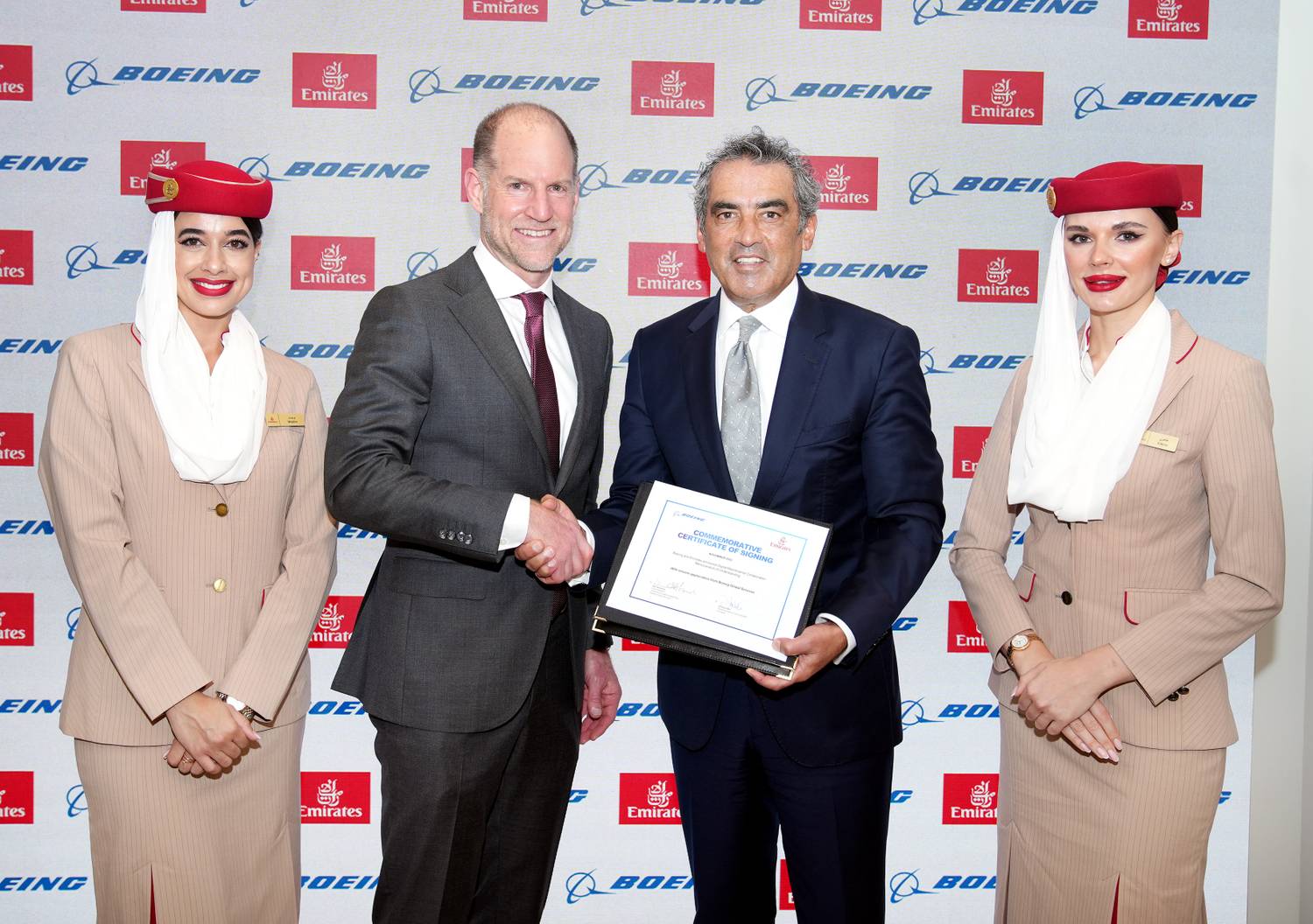
Source: Dubai Media Office via X
Get all the latest aviation news right here on Simple Flying
Boeing’s MRO drones are virtual (VR) and augmented reality (AR) capable, allowing engineers to pinpoint defects that may usually go unnoticed until further issue arises. According to Emirates, the prognostic and predictive technology will limit maintenance downtime while optimizing fleet performance.
“These technologies promise to deliver more precise and comprehensive aircraft inspections, reduce the risk of human error, and significantly cut down the time aircraft spend out of service – optimizing fleet availability and performance.”
Emirates to add 15 more A350s
Emirates and Airbus’ usually productive business relationship appeared to be on the rocks throughout the week. Speaking to journalists at a roundtable event on Day 3, Clark criticized Rolls-Royce‘s XWB-97 engines used on the A350-1000 variant and claimed that the airline had no interest in purchasing a defective aircraft.
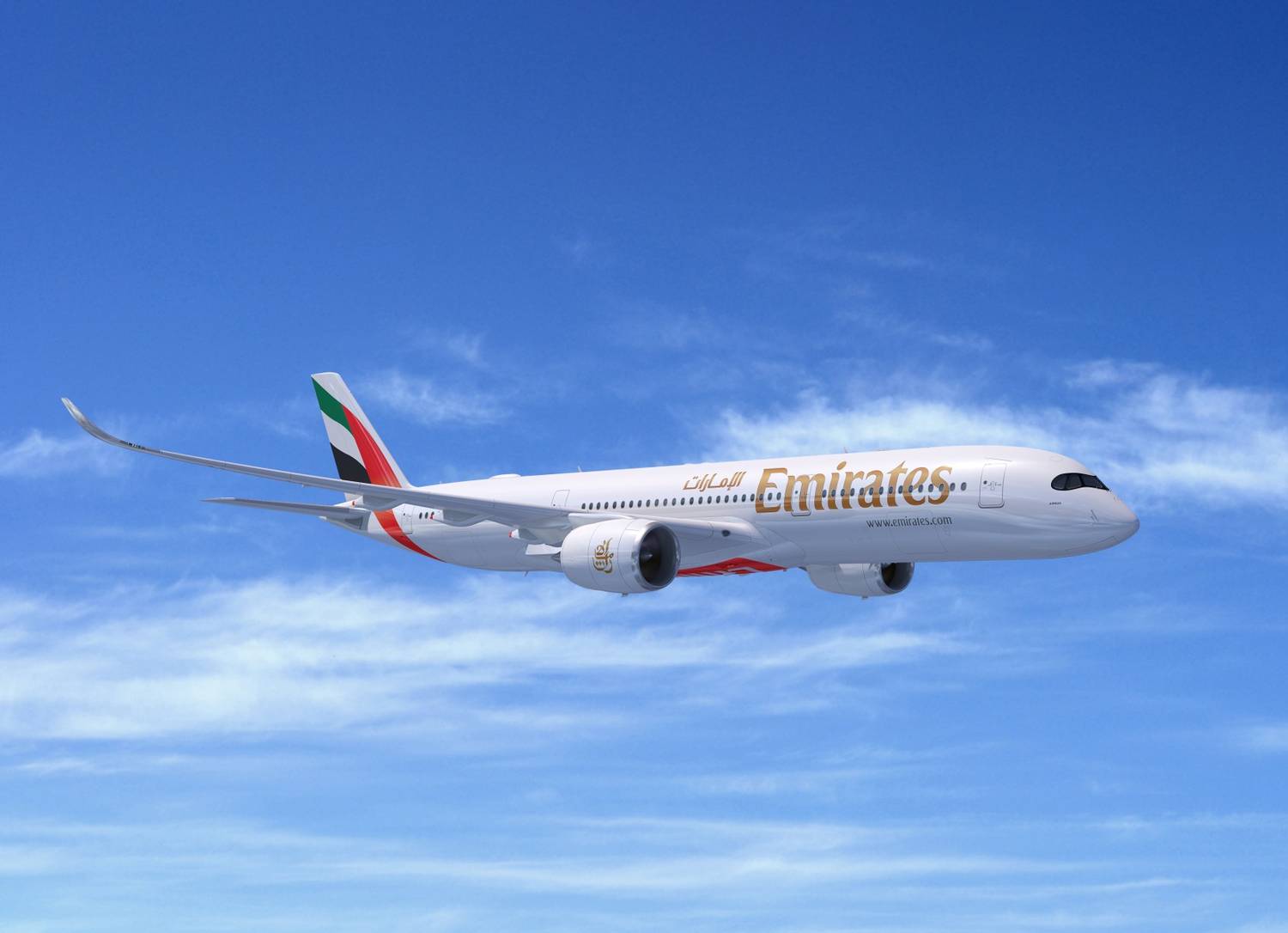
Photo: Emirates
The following day, Emirates quietly announced it had ordered 15 more A350-900s to limited fanfare, electing to confirm the deal in a statement published online as opposed to the typical signing ceremony. Described by Reuters as a “consolation prize,” the relatively small order compared to Boeing’s early bonanza seemed like a snub of Airbus’ widebody inventor; however, the carrier has not ruled out the A350-1000 entirely. Clark explained,
“If the engine did what we wanted it to do and Rolls-Royce knows what we want it to do, and so does Airbus, then we would re-enter [the Airbus A350-1000] into the assessment for our fleet.”
The additional order will see Emirates take on a total of 65 A350s over the next several years, supporting its plans for longer-haul expansion on routes of up to 15 hours. The deal was likely sweetened by Airbus’ confirmation that it would supply its Airspace Link HBCplus solution across its to-be-delivered A350-900 fleet and 60 A380s currently undergoing retrofitting.
